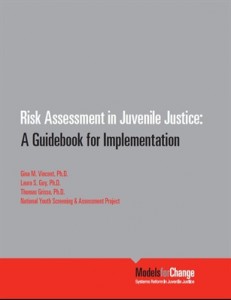TED TALK (2012) Jackson Katz: Violence faite aux femmes – C’est un problème d’homme.
La violence domestique et les abus sexuels sont souvent appelés « problèmes de femmes ». Mais dans cette conférence courageuse et pleine de franc-parler, Jackson Katz montre que ce sont des sujets intrinsèquement masculin — et montre comment les comportements violents sont liés aux définitions de la masculinité. Un coup de clairon pour nous tous – femmes et hommes – à critiquer les comportements inacceptables et être les leaders du changement.
Jackson Katz asks a very important question that gets at the root of why sexual abuse, rape and domestic abuse remain a problem: What’s going on with men?
Jackson Katz is an educator, author, filmmaker and cultural theorist who is a pioneer in the fields of gender violence prevention education and media literacy. He is co-founder of Mentors in Violence Prevention (MVP), which enlists men in the struggle to prevent men’s violence against women. Celebrating its 20th anniversary this year, MVP has become a widely used sexual and domestic violence prevention initiative in college and professional athletics across North America. Katz and his MVP colleagues have also worked extensively with schools, youth sports associations and community organizations, as well as with all major branches of the U.S. military.



 We began our work on ‘Offender Supervision in Europe’ on March 27, 2012. This newsletter summarizes our progress during the first year of the Action. It includes brief resumes of the work of each of our four working groups, and an account of our first international conference at Liverpool Hope University on April 26-27, 2013. But first, a few words about why we set up the network and what it aims to achieve. The Action was created to address the neglect in existing social science research and scholarship of the emergence of ‘mass supervision’ (of ‘offenders’ in the community). In our proposal, we argued that, as well as representing an important analytical lacuna for penology in general and comparative criminal justice in particular, the neglect of supervision meant that research has not delivered the knowledge that is urgently required to engage with political, policy and practice communities grappling with delivering justice efficiently, effectively and legitimately. The Actionaims to remedy these problems by facilitating cooperation between institutions and individuals in different European states (and with different disciplinary perspectives) who are already carrying out research on offender supervision or, in the case of early stage researchers, are attracted to that field.
We began our work on ‘Offender Supervision in Europe’ on March 27, 2012. This newsletter summarizes our progress during the first year of the Action. It includes brief resumes of the work of each of our four working groups, and an account of our first international conference at Liverpool Hope University on April 26-27, 2013. But first, a few words about why we set up the network and what it aims to achieve. The Action was created to address the neglect in existing social science research and scholarship of the emergence of ‘mass supervision’ (of ‘offenders’ in the community). In our proposal, we argued that, as well as representing an important analytical lacuna for penology in general and comparative criminal justice in particular, the neglect of supervision meant that research has not delivered the knowledge that is urgently required to engage with political, policy and practice communities grappling with delivering justice efficiently, effectively and legitimately. The Actionaims to remedy these problems by facilitating cooperation between institutions and individuals in different European states (and with different disciplinary perspectives) who are already carrying out research on offender supervision or, in the case of early stage researchers, are attracted to that field.